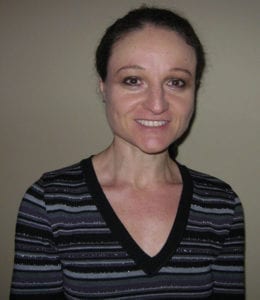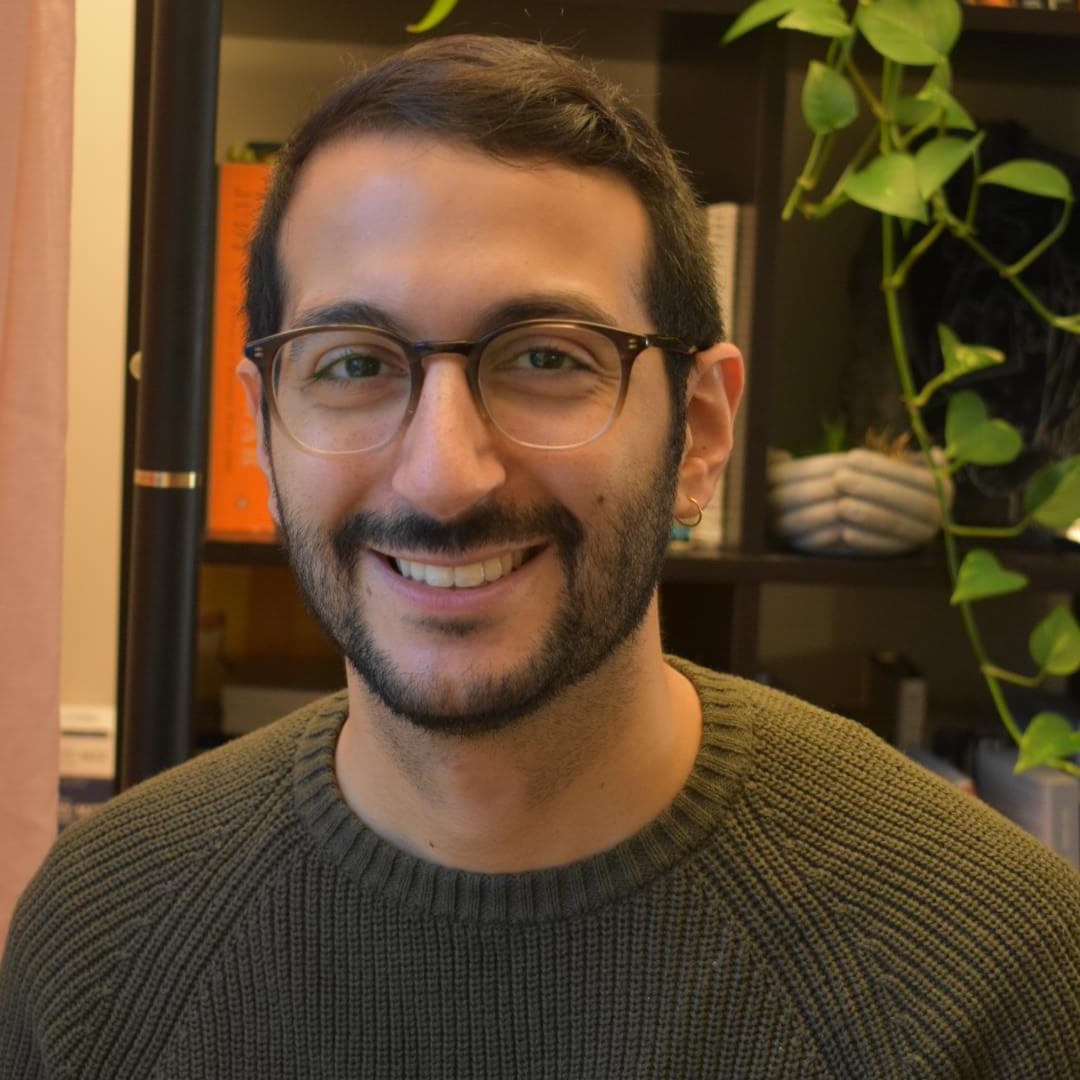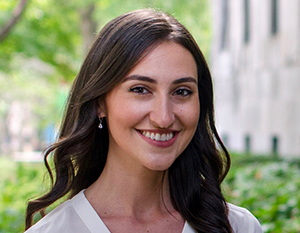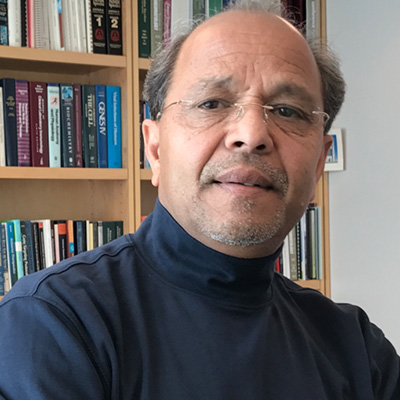
Looking for something?

Paloma H. Giangrande, PhD
Associate Professor, Department of Internal Medicine, University of Iowa
Scientific Advisory Council Member, Oligonucleotide Therapeutics Society
Paloma H. Giangrande, PhD, is an Associate Professor in the Department of Internal Medicine at The University of Iowa and an internationally recognized expert in oligonucleotide therapeutics and delivery. After earning her PhD degree in Pharmacology and Cancer Biology at Duke University in 1999, Dr. Giangrande trained as a postdoctoral fellow in the Department of Molecular Genetics at Duke where she focused on elucidating the roles of the E2F transcription factors in cell cycle control. She was then promoted to Research Assistant Professor in the Department of Surgery at Duke where she pioneered cell- and molecular- targeted RNA technologies for treating cancer and cardiovascular disease. Dr. Giangrande joined the Department of Internal Medicine at The University of Iowa in 2007. In May 2013, she was awarded the Outstanding New Investigator Award from the American Society of Gene & Cell Therapy (ASGCT) for distinguished research in RNA-based cell-targeted technologies. (Watch her online winner’s video here.) The central goal of Dr. Giangrande’s research program is on elucidating mechanisms of deregulated cell growth and survival and applying this knowledge to develop “smart” therapies with favorable efficacy and safety profiles. She was the first to demonstrate that RNA aptamers can be used to deliver therapeutic RNAi modulators (siRNAs and miRNAs) to target cells. Her recent work explores aptamer-based selection methodologies for establishing a framework for developing cell-targeted approaches for the diagnosis and therapy of many diseases, including cancer, cardiovascular disease and diabetes.
Q: How did you become interested in the field?
A: The potential of RNAi as a means to develop targeted therapies and for inhibiting any gene in the human or viral genomes was for me the catalyst that inspired me to pursue a career in oligonucleotide therapeutics. When I joined Dr. Bruce Sullenger’s laboratory for my postdoctoral training, I immediately recognized the potential for combining RNA aptamers with RNAi as a way to target therapeutic RNAi modulators (siRNAs and miRNAs) to specific cell types. Attending the society meetings provides continues inspiration for my work.
Q: Who were your early mentors?
A: Dr. Bruce Sullenger (Duke University) is the person who introduced me to the Society and recognized in me the potential to succeed as a scientist in Academia and in the field of oligonucleotide therapeutics. He is also the person who inspired my passion for translational research and for developing oligonucleotide-based ‘smart drugs’ for the diagnosis and therapy of many diseases including cancer, cardiovascular disease and diabetes. I also need to thank Eli Gilboa (University of Miami) for always believing in me and reminding me of my passion for science when things get tough. I would not be at this stage in my career without his constant support and inspiration. Beverly Davidson (U Iowa) was instrumental at providing me with the opportunity to start my Academic career and for being a mentor to me during the early days of setting up my laboratory. Finally, I need to acknowledge Dr. John Rossi (City of Hope) who was the first to recognize the potential of my work; using aptamers for RNAi delivery. I consider John a friend, a colleague and a true role model. His drive, strength and passion for science and life should be an inspiration to all of us.
Q: How did you become involved in OTS?
A: I became involved in OTS thanks to my postdoctoral mentor, Bruce Sullenger, who first introduced me to the Society. I remember going to one of the early meetings held at Rockefeller University in NYC and meeting several of the leaders in the field of oligonucleotide therapeutics and RNAi. Until that point, I had been feverously reading about the ground-breaking work of these researchers. OTS gave me the opportunity to interact with many of them and to inspire my own work.
Q: Why do you continue to support the society?
A: I support the Society in several ways: (1) I am actively involved in mentoring the young investigators who are the future of science, (2) I serve on several OTS committees, (3) I happily nominate investigators in the field for various society awards and (4) I actively publish in the society journal.
Q: What is special about the type of research you’ve conducted?
A: My research program has contributed important scientific discoveries that span the spectrum of describing basic molecular mechanisms to development of novel approaches to therapy. I was amongst the first to describe differing roles of individual isoforms of the E2F proteins during cell growth and disease states. This work identified molecular targets for the future development of molecularly-targeted, ‘smart’ therapies for cardiovascular disease. I was the first to demonstrate that synthetic RNA ligands (aptamers) can be used to deliver therapeutic siRNAs to target cells. Towards this end, my efforts to solve the siRNA delivery problem have resulted in a novel technical platform that is emerging as a broadly applicable approach with real clinical potential.








